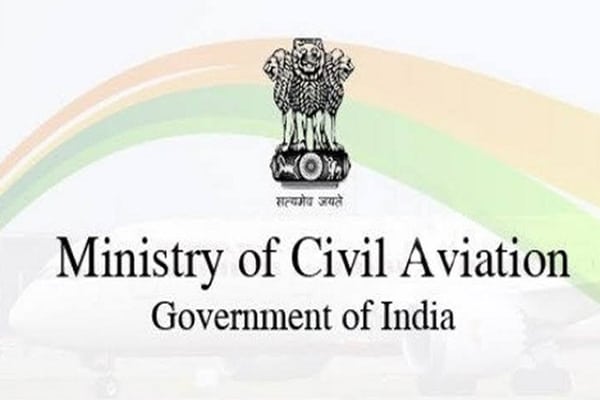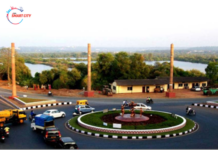
In another move towards streamlining drone operations in the country, the Government of India has released India’s airspace map for drone operations. As per a release from the Ministry of Civil Aviation, the airspace map for drone operations is available on the Directorate General of Civil Aviation’s (DGCA) digital sky platform.
Announcing the development, Minister for Civil Aviation Jyotiraditya Scindia took to Twitter saying, “Giving wings to the imminent drone revolution at breakneck speed! @MoCA_GoI has successfully managed to release the airspace maps for drones within 30 days of rolling out the new Drone Rules, all thanks to the team, as well as stakeholders at the State & industry levels.”
Giving wings to the imminent drone revolution at breakneck speed! @MoCA_GoI has successfully managed to release the airspace maps for drones within 30 days of rolling out the new Drone Rules, all thanks to the team, as well as stakeholders at the State & industry levels.
— Jyotiraditya M. Scindia (@JM_Scindia) September 24, 2021
The development came a month after the Centre released Drone Rules 2021 on August 25 this year. In recent times, the Centre has been active in catalysing the use of drones through Production Linked Incentive (PLI) scheme released on September 15 and the Geospatial Data Guidelines issued on February 15 and now the drone airspace map released on September 24.
Drones have proven to be an effective tool for almost all sectors of the economy including agriculture, infrastructure, surveillance, emergency response, transportation, geo-spatial mapping, and more. With drones turning to be a sector in itself due to their reach, versatility, and ease of use, especially in India’s remote and inaccessible areas, it will open up employment and economic growth.
With the developments like the drone PLI scheme and the freely accessible drone airspace maps, the industry may see an investment of over Rs 5,000 crore over the next three years. And, the annual sales turnover of the drone manufacturing industry may rise from Rs 60 crore in 2020-21 to over Rs 900 crore in the financial year 2023-24.
Also Read: Centre exempts 2 states & 8 organisations from drone rules for R&D
Alongside, the drone services industry is also expected to grow at a larger scale and it is expected to grow to over Rs 30,000 crore in the coming three years. The industry might open up as many as over five lakh jobs in the next three years.





















